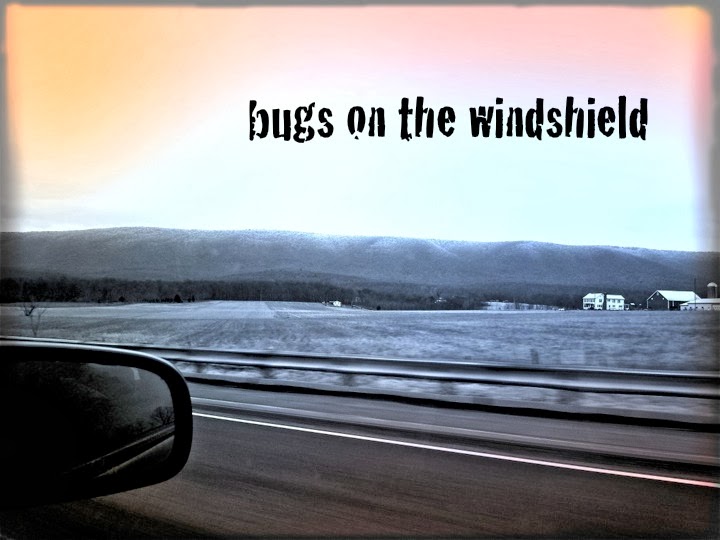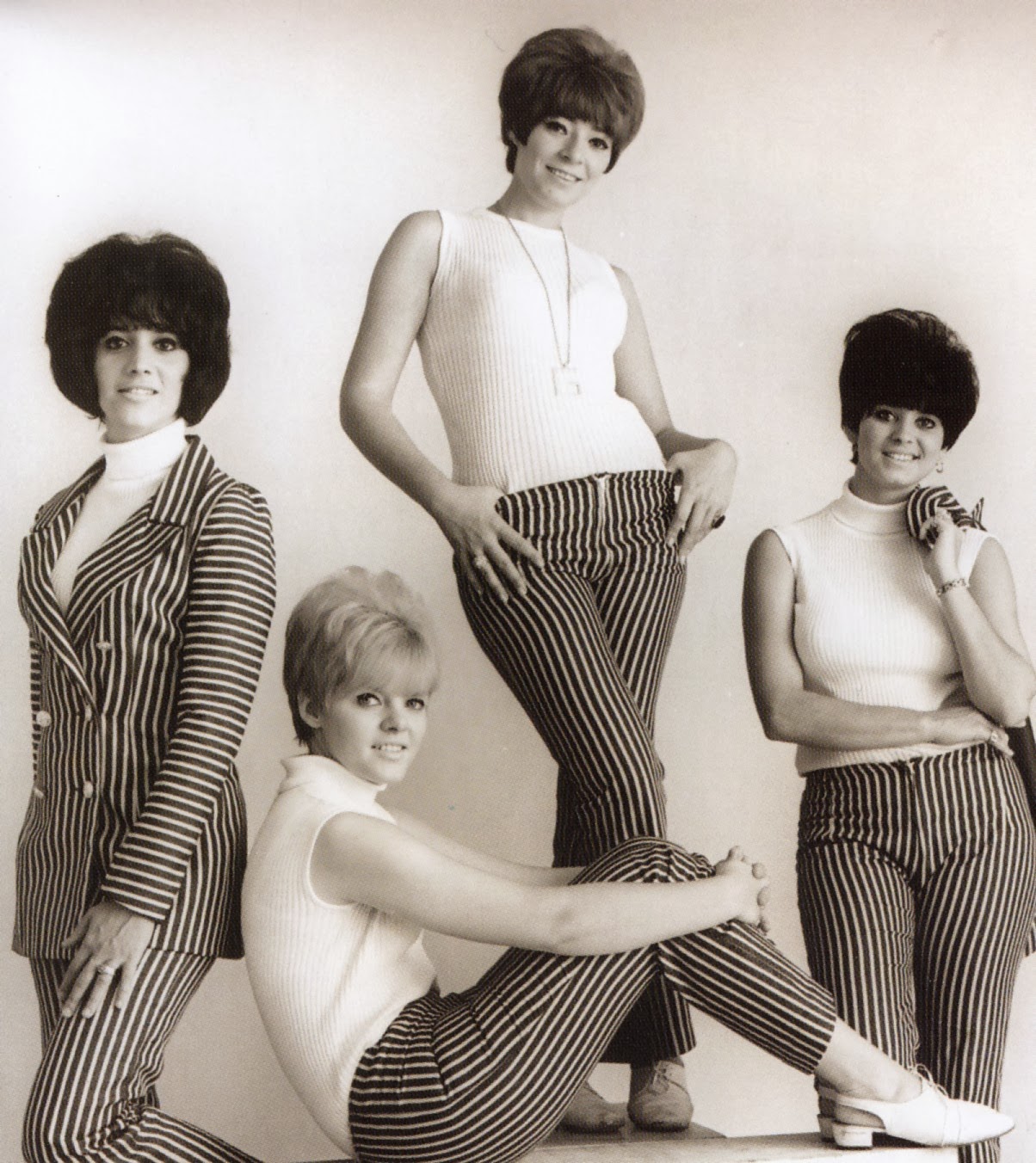A Town that Time Forgot (11/29/13)
As you probably know,
“Black Friday” is now followed directly by “Small Business Saturday.” My wife,
also always on the lookout for new and interesting things to do, suggested we
take the latter concept a step further. She suggested we spend this special Saturday
in the town of Smicksburg, PA. Like most anyone reading this, I had never heard
of Smicksburg. My wife had, but she wasn’t even sure of where it was. She only
knew it was somewhere in western Pennsylvania, so I was commissioned by her to
find out more about it and determine whether it was a viable destination.
I was surprised to find
that the town not only had its own web site,
but that the site included local business descriptions, maps, and a calendar of
events that even many cities’ Chambers of Commerce don’t bother with. After
cataloguing the number and variety of local commerce conveyors, I recommend
that we take trek off in the Mini, leaving space around a small cooler, in case
we found any treasures worth bring home. Off we went, promises of gift stores,
pottery shops, quilt makers, wineries, and local foods lying an hour and
fifteen minutes or so toward the middle of nowhere.
 |
| Marking the way to Smicksburg |
Winding our way through
various small towns, a partially frozen lake, and one isolated power plant, we
came nearer our destination—marked by a curious feature we called the “cow on a
stick.” As you enter the Smicksburg from the south, you pass several Amish
families in quintessential horse-drawn buggies. They politely greet you,
whether coming alongside or passing in the opposite direction. Although they
are a subculture that prefers to keep to themselves, all of the people we saw
seemed friendly in passing. Perhaps it is the dependence on outsiders for the
many handcrafted furniture businesses that dominate the town and its environs. The
Amish who live in this area seem comfortable doing without most of the
technologies we take for granted, but they seem just as comfortable with
exposure to it. I did respect the assumed wish of abstaining from photographing
them, however.
After an initial stop in a
general gifts and furniture market—candles, preserves, Christmas ornaments,
some of that handcrafted furniture, and more—we decided to have lunch in the
middle of town. I had a rather odd combination: Reuben with a side of sweet
potato fries, complete with syrup. After a warm lunch we ventured back out into
the cold to check out the other shops in town.
Standard fare, with one notable exception.
 |
| Meet Donn Hedman |
A pottery store baring the town’s
moniker and owned by a retired clay professor and his wife, really caught our
attention. The pieces were both beautiful and unique. The face pots, egg
cookers, salt shakers filled the former site of the town’s First National Bank,
and the Donn Hedman was a wealth of knowledge about pottery techniques, the
building, the town, and even something about road tripping (he turned me on to Blue Highways, by
William Least Heat Moon, an excellent book that I wish I had written).
 |
| "Golden Gate" and Fort Point |
As for the rest of the shopping,
it was everything I expected, but more. Antique shops specialized more in
“primitives” from earlier centuries than what I tend to seek out. Even so, I
scored a Sinatra 78, stereoscope card of the Panama Canal, and master glass photo
of the “Golden Gate” (pre-bridge but with Fort Point and its lighthouse in the
foreground). This antique shop was part and parcel to Windgate Winery, a good ways out
of town and off the hardly-beaten path. I was glad we had the small car, as we
found ourselves sharing narrow, snow-covered dirt roads with more than one
buggy. Wingate’s offerings were worth the mud on the Mini, especially their
drier whites. The winery was much busier than I would have expected, a probable
tribute to the quality of the product.
 |
| Delinquent beauty |
On the way home we stopped
at a few more places—a spice shop, quilt and Christmas store, and small general
store. At the last stop of the day, we fed our cooler with a two-pound roll of rich
Amish butter and a pound each of butter cheese and garlic ring bologna. I
feared I would soon look like the cow that now seemed an omen, but I couldn’t
resist the culinary step back in time. An old, rusting gas pump to the side of
the store caught my eye. It seemed to epitomize the feel of Smicksburg to me.
It was old and worn, but still somehow alive and beautiful as a photographic
study.
 |
| Wingate Winery |
And that really sums up
the day. It was a complete escape from life and work, even compared to other
road trips I’ve shared. It was fascinating to see the artisans and Amish families
coexisting in a truly bucolic setting. It was a nice vacation from the norm, if
only for a day, and I look forward to a return visit.












